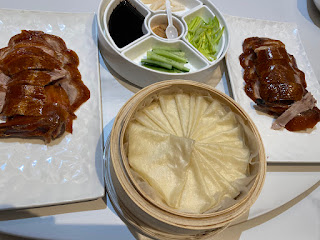Having gotten over the shock of finding I was listed in Wikipedia, I set out to try to find our how my page got there. Since anyone can add a page on Wikipedia, the entire world would be suspect. Someone who interviewed me in the past? A social media fopllower? A friend or relative? Who knows?
I figured the place to start was to see what qualified as a valid Wikipedia listing that would be acceptable. In fact, there's an objective criteria to warrant a Wikipedia listing. Three, actually. Being notable, being enduring, and sufficient third party documentation of the subject's accomplishments. I also found there was a trail showing the history of a Wikipedia listing. From this, it seemed that the article was generated by someone who had been involved in thousands of Wikipedia articles. So it wasn't an interviewer, follower, friend or relative, but a total stranger, perhaps someone who worked for Wikipedia, or a volunteer who spent a lot of time adding to Wikipedia.
I then ran across the term WikiProjects. WikiProjects are subject matter headings apparently populated by volunteers who are charged with keeping things complete and accurate within their subject expertise, such as food. Then digging further, I found that there was an entire set of running notes which indicates who was involved in the creation of the article and when various comments were made. I found that the original author was a user named mikeblas who had authored hundreds of articles, indicating that he was at least semi-officially associated with Wikipedia. There were also a handful of comments made by other users over a two week period making comments on the article. And it was obvious from the comments that the Wikipedia listing was based on the numerous and various articles about me from major sources over an extended period of time, like the Los Angeles Times, BBC, South China Morning Post, Eater, Canadian Broadcasting Corporation and NPR.
I've subsequently found two cross references within Wikipedia to my listing. One is in the Wikipedia article on American Chinese food, which strikes me as being rather random. And the other is in their listing of American food writers, which makes me feel funny for being listed while so many people who do that professionally are not.




















































































